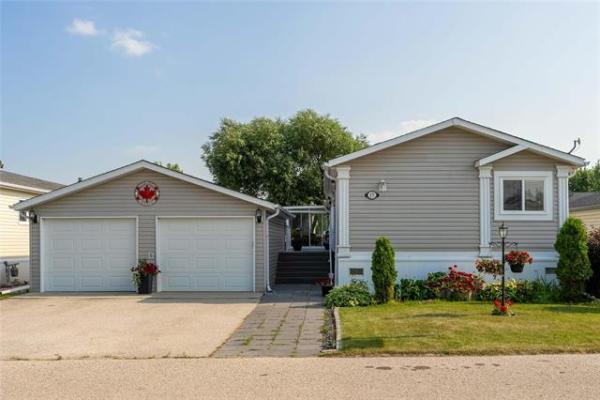Question: We built a house and took possession of it in December 2018. Is it normal to get bad spalling on the concrete driveway this early? We have only lived here for 18 months. We talked to the builder and they said there is no warranty, but our driveway looks so awful and they’re telling me that I park there all winter and the salt from the vehicles is the cause, but we never park in our driveway and never put salt on it either.
What should we do? Can we go to small claims court for this?
Thank you, Milyo
Answer: Surface spalling on concrete surfaces outdoors can happen at any point in the life of the slab, but within the first few years it is likely due to a defect at time of installation. It can be hard to prove and only minor repairs can often be made, which may not last. Home warranties typically only cover this in the first year, so a trip to small claims court may be your only recourse, but may still not yield a satisfactory outcome.
Spalling is the term used to describe the phenomenon where the surface of poured concrete peels or flakes off. Often the structural integrity is not compromised, but the cosmetic appearance may be ruined and it will allow more moisture to penetrate, which will cause more serious deterioration. There are several possible causes, which range from too much or too little moisture in the mix, poor installation techniques or weather-related issues.
If the concrete was poured on a very hot day the concrete may begin setting too quickly and excessive moisture may rise to the surface. If this is not trowelled properly it can leave the surface susceptible to early spalling. If the concrete is poured when the weather drops below freezing during the curing process the same thing can occur. Also, too much water in the mix, poor workmanship or bad timing on the finishing can also allow the surface to become fragile and easily to flake off.
New home warranties often will help you force the builder into repairing defects or omissions in your home, but are limited to the first year after possession for all but major structural defects. However, there may be limitations with items like driveways, sidewalks, garage slabs, patios or other poured concrete in relation to minor cracks, heaving, and even spalling. Regardless, the time to make a complaint or claim against the builder for this issue likely has passed. Unless you pointed this out and made a formal request for repairs, prior to the one-year date, you may be out of luck.
The focus should now be diverted to what can be done to fix the problem, or at least prevent it from becoming worse. If the spalling is isolated to a few areas, which is quite common, minor repairs may be within your skill level to address. If that is the case, any loose material should be removed by sweeping, vacuuming, or blowing with compressed air. Once the area is clean, coating it with a glue solution may help with adhesion of patching materials. This can be bought pre-mixed, or done by watering down white carpenter’s glue, which may be just as effective. This solution should be painted on to the damaged concrete and allowed to dry. More than one coat may be required if the initial application disappears immediately. Once dry, the surface may be slightly sticky or tacky, which should be the time to apply the patching compound. Various concrete patching compounds can be purchased, which range from dry powders that you mix with clean water, to ready to spread products that you simply apply directly with a trowel.
While your job may not be the most aesthetically pleasing solution, the new patching compound should withstand a few years of harsh weather. This will be very important because the compromised surface of the concrete will easily allow moisture to penetrate, which can cause much more serious deterioration.
Do you try to get compensation from the builder or sub-trade that did this crappy job in the first place? That is totally up to you, and will depend on how much effort you want to put into it and how much tolerance you have for aggravation. There is absolutely no guarantee you will be compensated, even if you can prove that the concrete is defective and that it is due to the workmanship of the contractor. It will be up to the judge or magistrate at the small claims court to decide this. It is within your rights to go this route, but may not be worth the legal fees to hire a lawyer.
Ari Marantz is the owner of Trained Eye Home Inspection Ltd. and the past president of the Canadian Association of Home & Property Inspectors — Manitoba (cahpi.mb.ca). Questions can be emailed to the address below. Ari can be reached at 204-291-5358 or check out his website at trainedeye.ca.
trainedeye@iname.com



